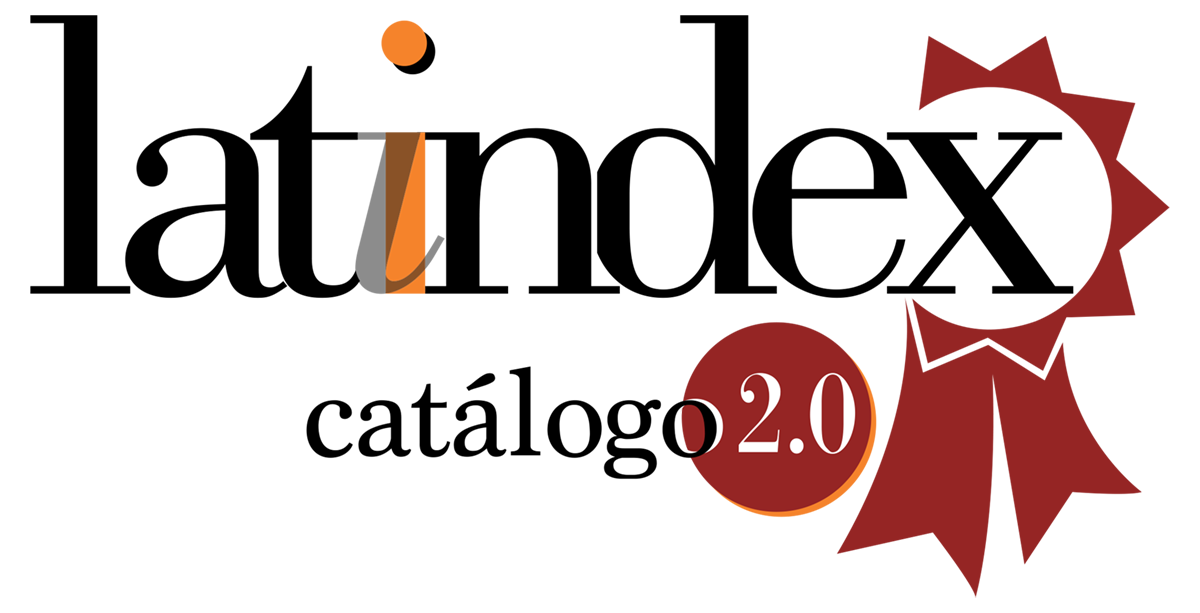Revisión por pares
Erevna Research Reports establishes a manuscript review process that reflects fundamental principles of objectivity, non-discrimination, and scientific quality. By adopting a rigorous approach, the journal seeks to maintain high standards in evaluating submitted works. The implementation of a double-blind review process upholds these principles. In this process, both the reviewer and the author remain mutually anonymous, ensuring an impartial and objective evaluation that not only meets ethical expectations but also strengthens the quality and validity of the research published in the journal. This approach requires that at least two experts review each manuscript to ensure its scientific quality before publication.
As soon as the editorial team receives a submission through the OJS management system, a confirmation of receipt will be sent to the corresponding author, including a unique identification number (ID) that authors can use to track the editorial process of their submission.
Preliminary Evaluation
Each manuscript submitted to Erevna Research Reports undergoes an initial review by the Editor-in-Chief to ensure compliance with the formal and stylistic requirements established by the journal. The manuscript is then assigned to a section editor, whose role is to conduct a specialized review of the content within its specific thematic area before sending it for peer review.
Additionally, the manuscript will undergo a similarity check using specialized plagiarism detection software (Compilatio) to verify its originality (Anti-Plagiarism Policy). The resulting report will be uploaded to the OJS platform, in strict adherence to the principles of transparency and best practices established for the editorial process.
Following this initial internal review, the author will be informed whether their article has been accepted to proceed to the peer review stage or has been rejected. In case of rejection, specific reasons and suggestions for improvement will be provided for potential resubmission. If minor adjustments are required, authors will have up to seven days to make the necessary revisions. If the required adjustments are not made within this period, the article may be removed from the evaluation process.
When resubmitting a previously evaluated manuscript with the suggested corrections, authors must use the "track changes" function and provide a detailed account of the modifications made.
Double-Blind Peer Review
After passing the preliminary evaluation, the Editor-in-Chief prepares the manuscript for review by removing any identifying information about the author. The manuscript is then assigned to two external reviewers—experts in the field—whose role is to conduct a thorough analysis to ensure the work's coherence, relevance, and scientific quality, as well as to identify areas that may require further clarification or improvement before a final publication decision is made.
Once the reviewers have been identified, the Editor-in-Chief invites them to participate in the review process. Reviewers consider the invitation based on their expertise, potential conflicts of interest, and availability. After evaluating these factors, they decide whether to accept or decline the invitation.
If they accept, reviewers assume responsibility for assessing the manuscript’s theoretical and methodological relevance, quality, significance, and argumentation coherence, as well as its clarity and originality. They also verify that the manuscript meets the minimum requirements, including the statement of objectives, contributions, and methodological or theoretical strategies employed, while ensuring that the text is clear, precise, and contains verifiable content.
Reviewers will provide feedback on the quality and relevance of the submitted manuscript following the guidelines in the review form. This form is publicly accessible but is managed exclusively through the OJS platform, ensuring the transparency of the editorial process. Based on their evaluation, reviewers will provide suggestions, comments, and request modifications they deem necessary.
Reviewers follow publicly available evaluation criteria (Reviewer Guidelines) to issue a report with one of the following recommendations:
(a) Accept for publication without changes.
(b) Accept for publication with major revisions requiring re-evaluation.
(c) Accept for publication with minor revisions that do not require further review.
(d) Reject with resubmission possible—substantial revision is required.
(e) Reject without resubmission.
A manuscript must receive at least one favorable review to be approved for publication. If discrepancies arise between reviewers, a third evaluator will be assigned to resolve them.
The review period shall not exceed 30 days. If a manuscript is not reviewed within a month, it will be reassigned to another reviewer.
















